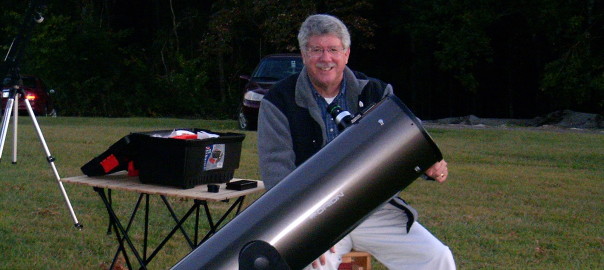Was the lodge program problematic given the dining room turnover?
The lodge programs were frightening. I can recall mentally freezing up in the middle of a talk because of stage fright. That experience will never be forgotten. I don’t recall it being so much of a problem in being interrupted because of someone shouting out table reservations. The biggest problem I recall is trying to get the room dark enough because the programs had to come before the evening talent contest by the [concession] employees. It was often difficult to shut the shades and get the room dark enough to show slides.
Was that was the only entertainment by the concession employees?
Ralph Peyton recruited from local universities, and so the employees were always teenagers or people in their very early twenties. The nightly shows would give them something to do in the evening.
Did that contest shorten the evening program?
No, not really. It’s just that we wouldn’t lead songs there. What we would do is go up and give a formal 30 minute presentation. With all of our slide programs the goal was to give it in 30 minutes, but some of us went 40 and a few went 25. The employee entertainment would follow after a break of 10 or 20 minutes.
That’s roughly the same amount of time for an NPS evening program as now.
We didn’t have lapse dissolve units then. We would have a standard Kodak carousel projector and a slide tray holding 80 slides. Usually we used all 80 of them, so for a 30 minute presentation that would be about three slides per minute.
Were all the Rim Village programs done in the Community House?
Yes! We would also sing songs there.
How about the Mazama Campground where you had the amphitheater?
The Community House and Mazama Campground would be identical. There were two man programs in both places. I believe that only in my last year (1968) did they start going to one man programs. We started going to one man programs because of policy reorganization within the Park Service to maximize the amount of programs that could be given. We reduced the number of people giving evening programs so people could be freed up to do other things during the day.


